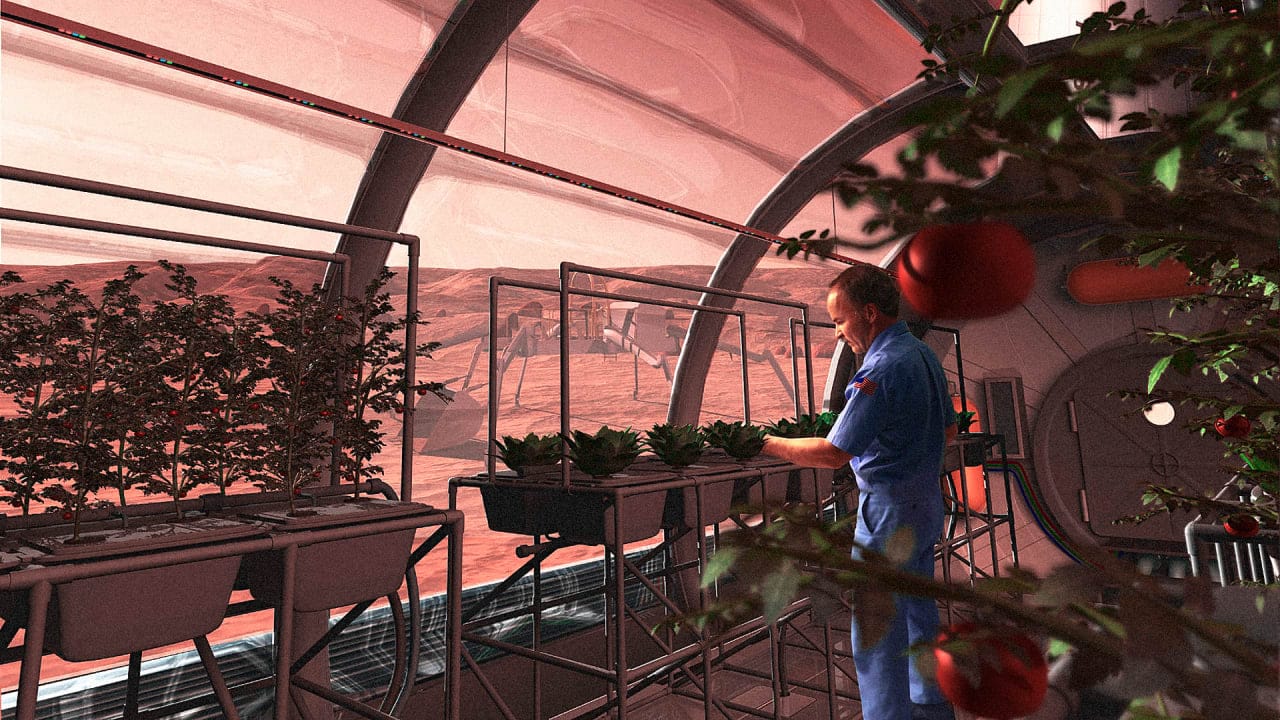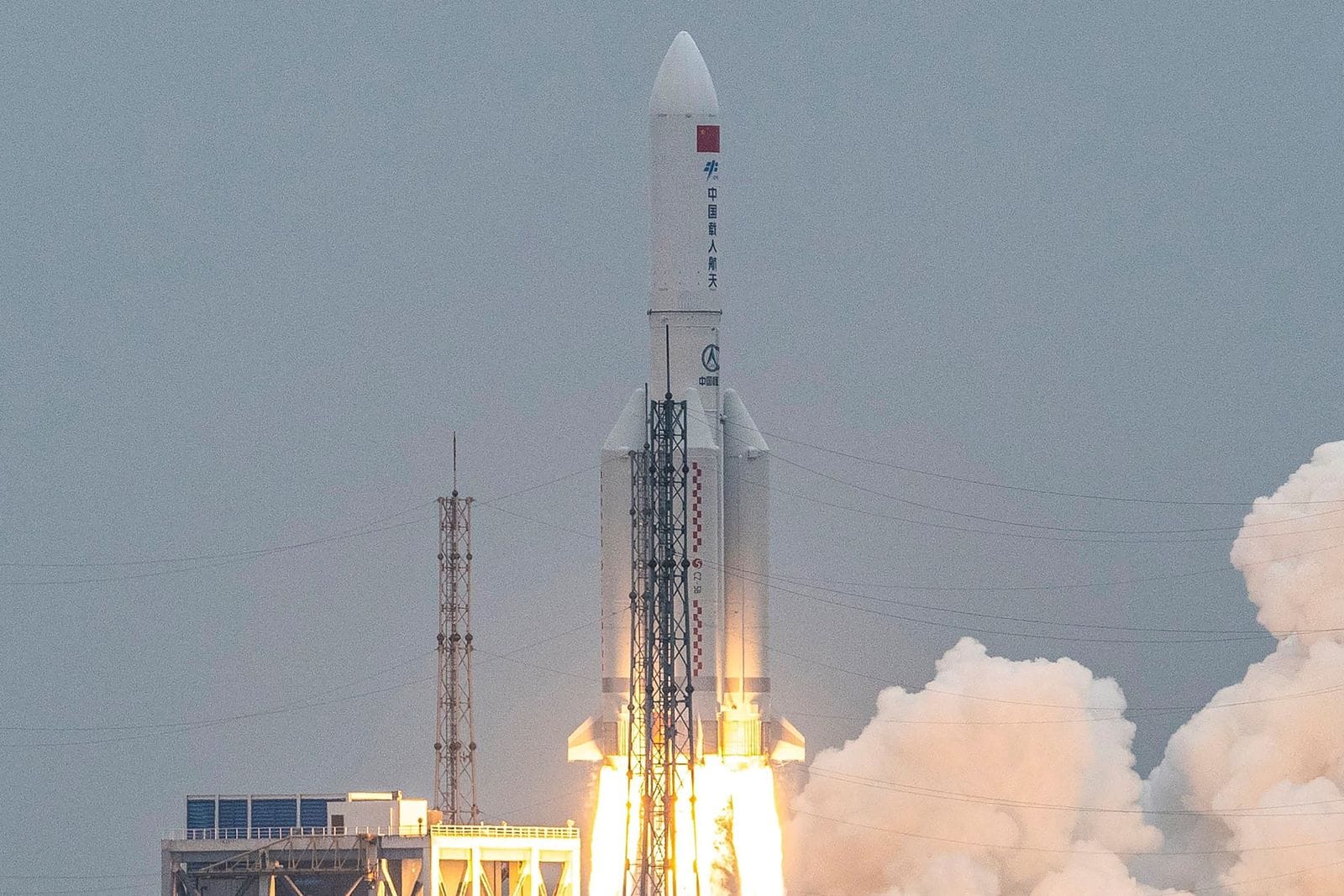The exploration of our solar system continues to yield remarkable discoveries, with NASA’s Juno spacecraft recently capturing stunning evidence of active volcanic activity on Io, one of Jupiter’s most intriguing moons. This revelation underscores Io’s reputation as the most geologically active body in the solar system, a status that has fascinated scientists since its discovery. The data collected by Juno offers a closer look at the processes that contribute to Io’s dynamic landscape, characterized by its numerous volcanoes and sulfuric lava flows.
Io’s volcanic activity is primarily attributed to the immense gravitational forces exerted by Jupiter and its other moons. This gravitational tug-of-war generates significant internal heat within Io, resulting in the melting of its subsurface materials and the subsequent eruption of lava. The recent observations made by Juno have provided compelling evidence that these eruptions are not only frequent but also diverse in their characteristics. Some eruptions have been observed to produce plumes that extend several hundred kilometers into space, while others create vast lava lakes that reshape the moon’s surface.
The data collected by Juno has allowed scientists to analyze the composition of Io’s lava, revealing that it is rich in sulfur and other materials. This finding is particularly significant because it suggests that Io’s volcanic activity is driven by a complex interplay of geological processes, including the melting of sulfur-rich compounds. Understanding these processes is crucial for gaining insights into the geological history of not only Io but also other celestial bodies that exhibit similar volcanic characteristics.
Moreover, the discovery of active lava on Io has implications beyond our immediate understanding of this moon. It raises questions about the potential for similar volcanic activity on other celestial bodies, including exoplanets. By studying Io’s geology, scientists can develop models that may help predict volcanic behavior on planets that are located far beyond our solar system. This knowledge could be instrumental in the search for extraterrestrial life, as volcanic activity can create environments that may be conducive to the development of life.
The findings from Juno also contribute to our broader understanding of the Jovian system. Jupiter is known for its complex interactions with its moons, and Io’s volcanic activity is a prime example of how these interactions can shape a moon’s geological features. The gravitational forces exerted by Jupiter not only drive Io’s volcanism but also influence the orbits and geological characteristics of its neighboring moons, such as Europa and Ganymede. By studying these interactions, scientists can gain a more comprehensive understanding of the dynamics of the Jovian system.
In addition to its scientific significance, the discovery of active lava on Io has captured the imagination of the public and the scientific community alike. The vibrant colors and dramatic landscapes of Io, shaped by its volcanic activity, present a striking contrast to the icy surfaces of its neighboring moons. This visual spectacle serves as a reminder of the diversity of environments that exist within our solar system and the potential for discovering new phenomena as we continue to explore.
As NASA continues to analyze the data collected by Juno, scientists are eager to delve deeper into the implications of these findings. Future missions to the Jovian system may focus on further investigating the geological processes at play on Io and its neighboring moons. The exploration of these distant worlds not only enhances our understanding of our solar system but also ignites curiosity about the possibilities that lie beyond.
In conclusion, NASA’s discovery of active lava on Io represents a significant advancement in our understanding of planetary geology. The insights gained from Juno’s observations have opened new avenues for research and exploration, shedding light on the complex processes that drive volcanic activity on celestial bodies. As we continue to explore the wonders of our solar system, the knowledge gained from Io’s dynamic landscape will undoubtedly play a crucial role in shaping our understanding of the universe.



